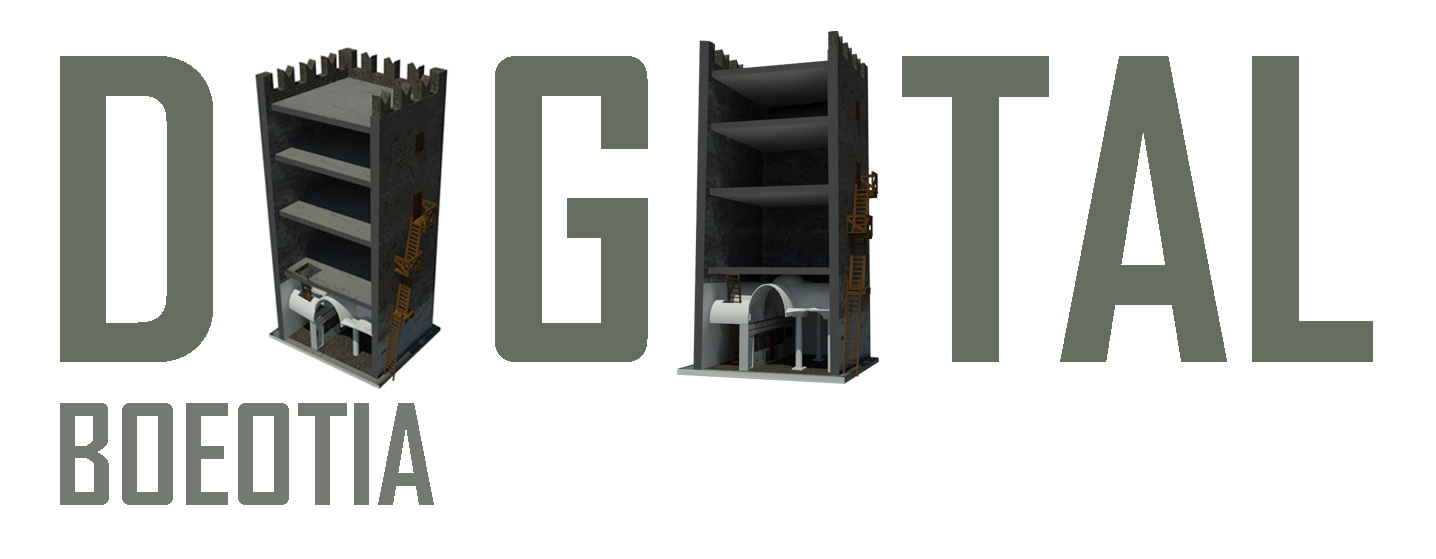THE BYZANTINE AND POST-BYZANTINE BOEOTIA DIGITISATION PROJECT
University of Cyprus and University of Leiden
 |
|
|
Digital Boeotia, coordinated by A. Vionis, is an independent side-programme of the Ancient Cities of Boeotia Project, co-directed by Prof. J. Bintliff (Universities of Leiden and Edinburgh) and Prof. B. Slapsak (University of Ljubljana). Digital Boeotia commenced in 2011, with the permit of the Hellenic Ministry of Culture and the Directorate of Byzantine and Post-Byzantine Antiquities, and in collaboration with the 23rd Ephorate of Byzantine Antiquities in Chalcis.
|
|
|
|
Within the framework of ArtLandS Lab, the primary aim of this project has been the digital recording and 3D reconstruction of Byzantine and Post-Byzantine sites (villages, hamlets, farmsteads) and monuments (churches, towers) in the province of Boeotia in central Greece, for a detailed analysis and a better understanding of settlement layout and space organisation from Late Antiquity to the Early Modern era.
|
|
|
Five Byzantine and Post-Byzantine churches were recorded and digitally reconstructed under the direction of Chiara Piccoli (Leiden University) and with the assistance of Chrystalla Loizou (University of Cyprus) and Katerina Ragkou (University of Cologne), namely Saint Thomas at Oinophyta, Saint Polycarp in Tanagra, Saint Catherine at Kastri, Saint Demetrios at Liatani, and Zoodochos Pege at Mazi. Furthermore, the thirteenth-century feudal tower of Haliartos was architecturally recorded and a 3D model of the monument was created in order to capture its architecture at its full height, as well as examine the organisation of its interior space. Two of the aforementioned monuments (Saint Thomas and Saint Demetrios) were placed in their topographical context by building a digital elevation model of their surrounding territory. |
|


